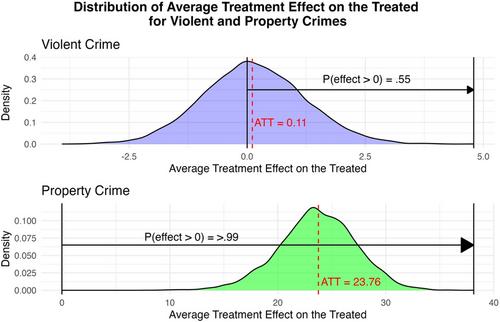The effect of formal de-policing on police traffic stop behavior and crime: Early evidence from LAPD's policy to restrict discretionary traffic stops
Abstract
Research Summary
On March 1, 2022, correspondence from the Los Angeles Police Department (LAPD) headquarters stated that officers can no longer use minor infractions (e.g., equipment violations) as a pretextual reason to further investigate drivers for criminal behavior. If LAPD officers are to execute a discretionary stop, they must activate their body-worn cameras and reasonably articulate to the civilian why they are being investigated. The intent is to reduce racial/ethnic disparities in stops and build trust of the police within the community. Critics of the policy argue that elevated crime rates will result due to the crime suppression effect of such stops. This study examines racial differences in stops before and after the policy change, as well as whether Part 1 violent and property crimes increased. Descriptive findings show that while the counts of stops, arrests, and contraband seizures during stops decreased, the percentage of non-White civilians stopped decreased only minimally following the intervention. Results from using Bayesian synthetic control methods indicate an increase in both violent and property crimes post-intervention compared with the synthetic counterfactual. The increase in violent crimes has a low probability of being different from the counterfactual, whereas the increase in property crimes has a high probability, suggesting that the intervention led to a real change in property crimes compared with what would have been expected under the counterfactual.
Policy Implications
This study provides preliminary evidence that emerging policies intended to restrict discretionary stops may not have the intended effect on racial disparities in police traffic stops. Instead, agencies passing similar policies may expect to see the potential unintended consequence of a spike in jurisdictional property crimes. We argue that such types of stops across a jurisdiction may have a general deterrent effect on more common and calculative crimes such as property crimes. To combat violent crimes, agencies should consider focusing discretionary stops in known hot spots. Further, our findings offer implications for research on the effects of de-policing on crime. Police agencies should monitor potential unintended impacts of these policies if enacted and be prepared to deal with such consequences.


 求助内容:
求助内容: 应助结果提醒方式:
应助结果提醒方式:


